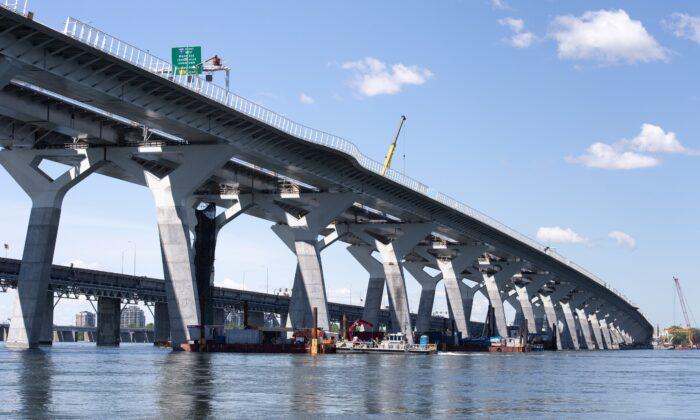Infrastructure is a topic that’s always in vogue for a good discussion it seems. And that’s been the case for a long time. I remember discussing it at length at first ministers’ conferences back in the 1980s. It’s great fodder for people like me who like to write about public policy.
Infrastructure is variously defined these days. Great flexibility is invoked in the United States by Democrats who even see things like daycare as a worthy candidate.
The definition from the Oxford dictionary says: “The basic physical and organizational structures and facilities (e.g. buildings, roads, power supplies) needed for the operation of a society or enterprise.”
I think most people still buy into this definition although we can add some technology into that now without much argument.
Canada has used various methods to improve its physical infrastructure over the years. In the 1980s the federal government became involved by establishing a Department of Regional and Economic Expansion, and after some early attempts to encroach into provincial jurisdiction directly, this was followed by many federal-provincial agreements covering all manner of “activity.” The agreements varied from province to province and the type of cost-sharing agreements, with poorer provinces seeing a larger share paid for by the federal government.
Later, this activity got changed into seven economic agencies serving Atlantic Canada, Quebec, Northern Ontario, Southern Ontario, the Prairies, British Columbia, and finally one for the three territories. So the change has been more economic per se and support for business rather than basic physical infrastructure. And there are more federal agencies. Add to that the economic development departments of the provinces and municipalities and you can say there’s lots of infrastructure alright—government offices and bureaucrats.
Whether all this government activity has resulted in better infrastructure is a relevant question.
However, the core infrastructure needs have lost their focus and more concentration is needed here if Canada is to improve its competitive position internationally. It has fallen in the last year, for example. Big projects have been a priority of the federal government with the creation of the Infrastructure Bank. Its success is still questionable. It is involved in many projects, but results are few.
To demonstrate the enormity of the problem, in 2019 a Canadian Infrastructure Report Card was produced and some of its findings are troublesome. For example, the report stated:
“There are enough Canadian roads in poor condition to build a road almost halfway to the moon. … One in three recreational or cultural facilities require investment in the next decade. This does not include the programmatic or functional deficiencies they may need to enhance their relevance and use.”
And for public transit: “More than 30 percent of tracks require investment in the next decade.”
A modern form of infrastructure is the whole technology field.
Complicating the nation’s situation is its inability to adapt to new technology and the so-called new economy as well as its competitors have. In the 2020 Global Competitiveness Report, Canada does not rate in the top 10 in any of the following: ICT (information and communications technology) Adoption, Flexible Work Arrangements, Digital Skills, or Digital Legal Framework. Estonia is rated in the top 10 in three of these areas.
Additionally, though not a tangible matter, the ease of doing business is important in order for infrastructure to facilitate a more competitive environment. A 2019 World Bank Report ranked Canada 23rd in ease of doing business. The United States was sixth.
Canada must pick up the pace if our country is to compete over the next decades. Many countries that were behind Canada are now as competitive or more competitive than we are.




Friends Read Free